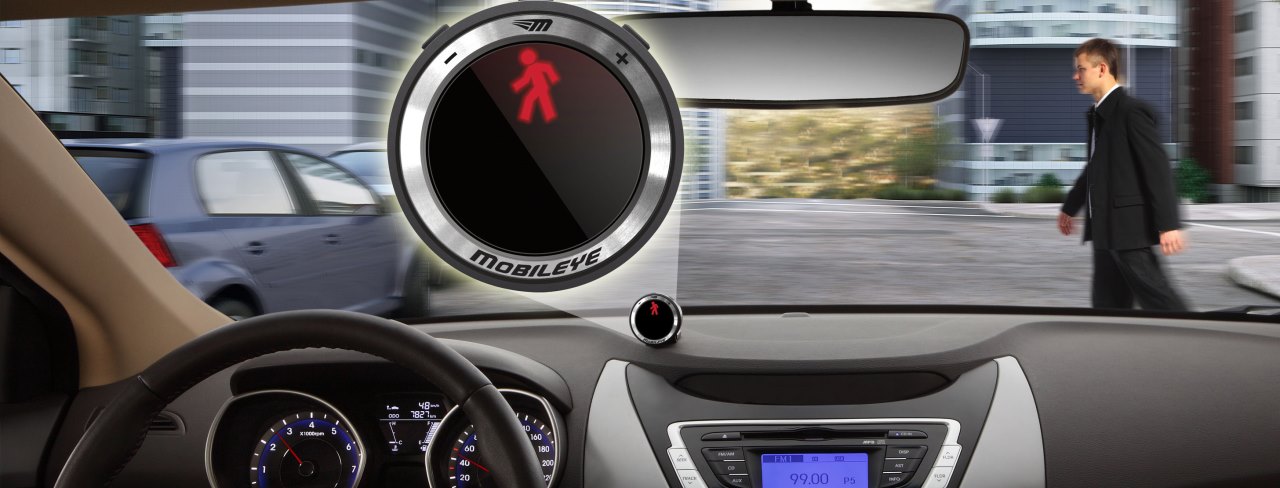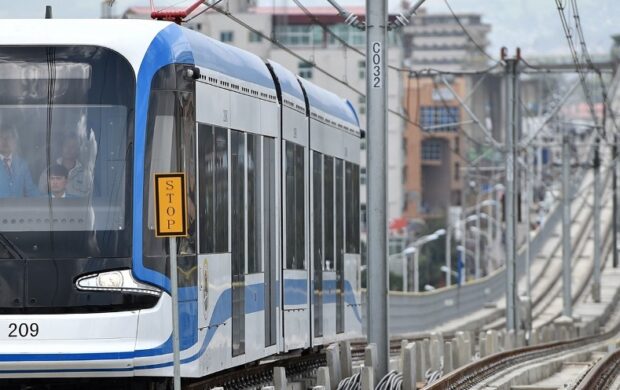In our topic hub on the future of shipping, we’re asking who will be the future captains of the sea as vehicles become autonomous.

Google has unveiled its first “fully functional” prototype of its self-driving car and plans to test it on the public roads of San Francisco Bay Area in 2015. Google is one of seven companies, including Nissan, BMW and Mercedes-Benz, which have won approval to test driverless cars on public roads. Already, innovations are emerging around the technology. CUVE, a membership-based shared transit system, combines notions of the sharing economy with driverless automobile technology. Customers use an app to request a car to take them to a destination, much like a taxi. The app will optimise the number of people who can share the same route or part of a route, picking up and dropping off multiple people at once.
Lessons learned from the impact of driverless cars on the automotive industry can shed some light on how unmanned ships will be received. From a liability perspective, autonomous vehicles have a much lower accident rate than human-controlled ones. Regulatory problems may occur when established interests – in the case of cars – traditional manufacturers, car services, and taxis, try to prevent the adoption of the new technology. With the shipping industry this could be labour unions or established marine legislative bodies.
The first autonomous cargo vessels are expected to enter service in the next 10 years. The EU has put €3.8m into this area through the Maritime Unmanned Navigation through Intelligence in Networks (MUNIN) project, which looks into a range of relevant areas including autonomous route finding, collision avoidance, predictive maintenance concepts and shore-side control. Rolls-Royce announced in 2014 that it has set up a virtual-reality prototype of unmanned cargo ships, while DNV GL released details of the “ReVolt”, a concept prototype that is fully electric and autonomous. While full autonomy may be a long way off, precursor innovations such as improved route planning, reduced crew requirements and data management requirements are all on the horizon and make good business sense.
Photo: Self-driving car












